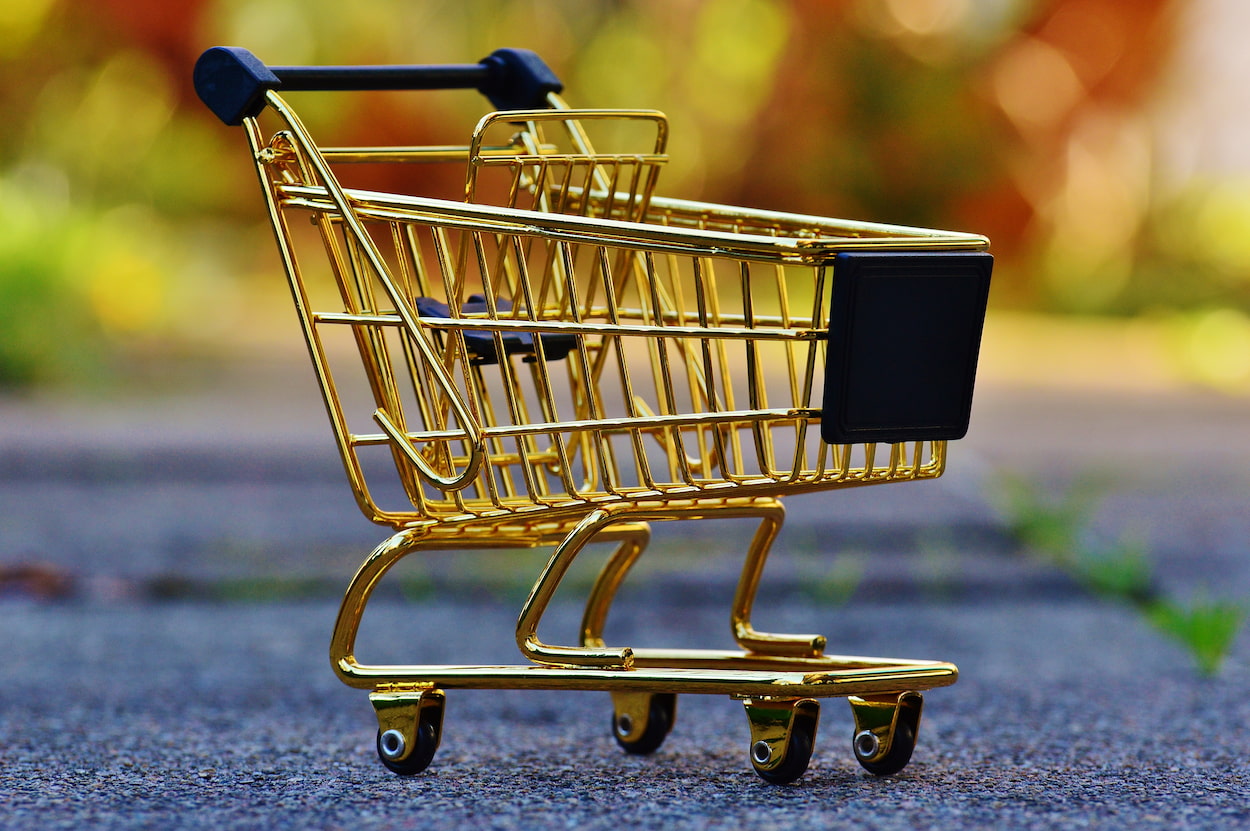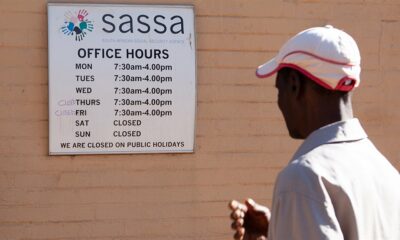News
Price Pain Ahead: Why South Africans Should Brace for Higher Costs in 2026

South Africans have grown used to the rollercoaster of rising costs, but the latest producer price inflation (PPI) figures suggest the ride is far from over. Producer inflation edged up to 2.1% in August 2025, higher than economists expected, and experts are already warning that electricity hikes will make life even harder in 2026.
Food at the Heart of Rising Costs
The biggest driver behind the increase? Food. The food, beverages and tobacco sector alone added 1.3 percentage points to headline PPI. Within this, meat prices remain painfully high, climbing 18.5% year-on-year, a direct consequence of South Africa’s recurring foot-and-mouth outbreaks.
Other essentials also ticked up:
-
Fruit and vegetables rose from 4% to 4.9%
-
Oils and fats moved from 0.7% to 1.7%
-
Bakery products climbed from 1.8% to 2.4%
While there was some relief in grains (still contracting, but less sharply) and dairy (slowing to 0.7%), the food basket remains a source of constant pressure for households.
A Mixed Bag in Other Sectors
Not everything is moving up. Fuel prices continued to offer some respite, with petrol costs falling by 7.8% and diesel by 2.8%. Petroleum products overall remained in deflation thanks to softer global oil prices and a relatively firm rand.
Still, other categories such as metals and machinery inched higher, reflecting rising costs in industrial production. And while electricity prices eased slightly to 3.4%, water costs remained stubbornly high at 11.6%.
Economists See Trouble on the Horizon
According to Nedbank’s economic team, PPI will likely rise toward 4% by the end of 2025, largely due to food prices and base effects. For now, inflation remains “relatively subdued,” averaging around 2% this year.
But the real concern lies in the future. From 2026 onward, steep electricity hikes approved by Nersa12.7% for 2025/26 and 8% for the following two yearsare expected to seep through the economy. This won’t just affect household bills directly but will push up the price of goods and services across the board.
As Nedbank put it, “Consumers will suffer a double blow”paying more to keep the lights on, while also facing higher prices on the shelves.
The Bigger Picture: Why This Hits Harder in South Africa
In a country where more than half of households rely on social grants or low wages, even small shifts in producer prices quickly show up in the cost of living. Food inflation is especially sensitive here, where meat, maize meal, and bread are staples.
Public frustration is already surfacing on social media. One user wrote on X: “How do you explain R10 extra on meat when Eskom can’t even keep the power on?” Another noted: “Electricity hikes aren’t just about the lightsthey make everything else more expensive too.”
Beyond Eskom: Other Risks at Play
While electricity costs are the headline concern, economists also flagged other risks:
-
Rand volatility, which could push up import prices
-
Global conflicts, particularly in the Middle East, which might trigger oil price shocks
-
Agricultural risks, including disease outbreaks and climate shocks, which could derail the food supply
What This Means for 2026 and Beyond
If current projections hold, producer inflation could climb above 3% in both 2026 and 2027. That may sound modest, but in a fragile economy, it’s enough to erode household budgets and test business resilience.
South Africans, already juggling high unemployment, weak growth, and the legacy of rolling blackouts, may face yet another squeeze. The big question now is whether government and Eskom can find a way to ease the pressure or whether the cycle of rising costs will remain a stubborn feature of life.
{Source: BusinessTech}
Follow Joburg ETC on Facebook, Twitter , TikTok and Instagram
For more News in Johannesburg, visit joburgetc.com

















